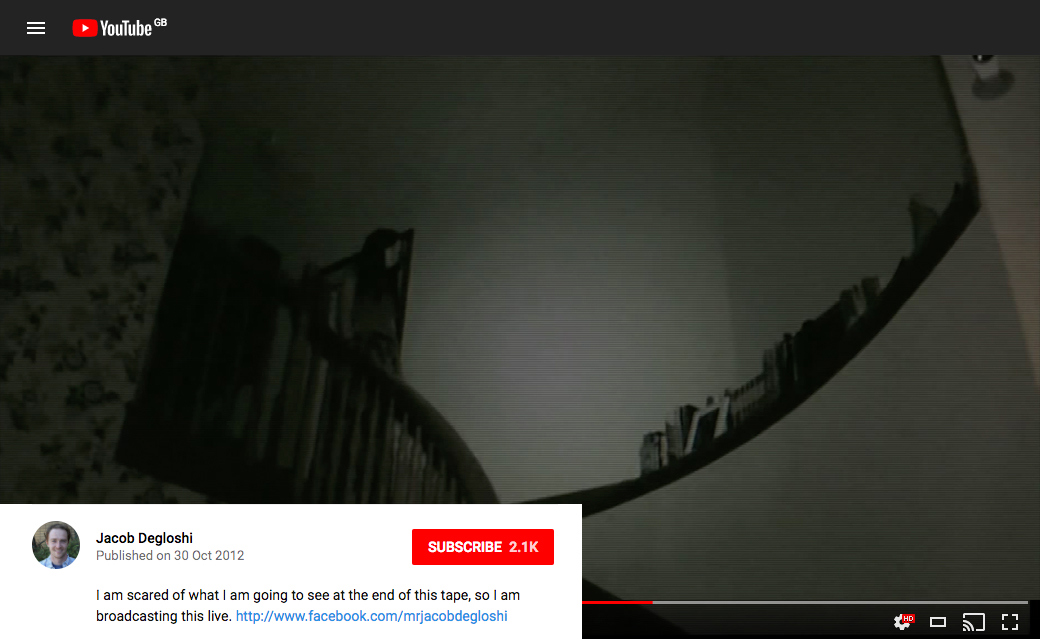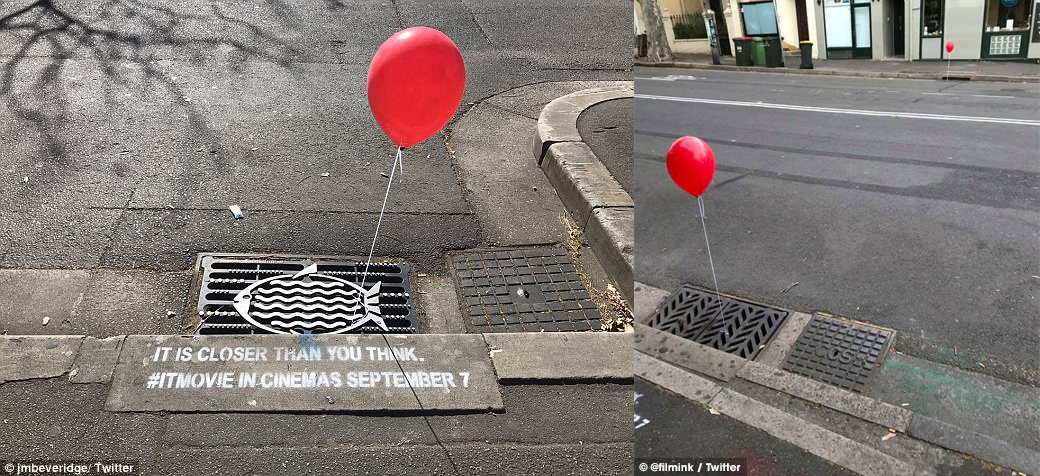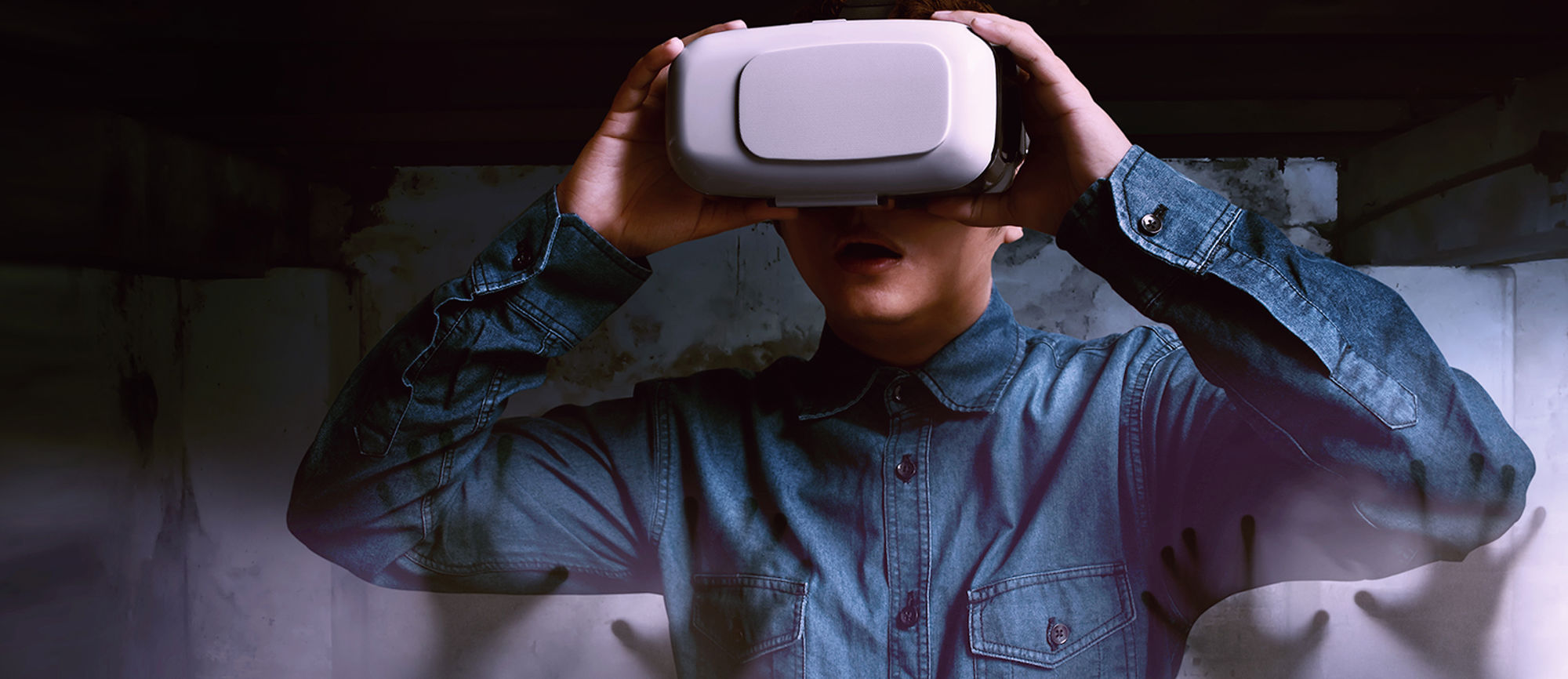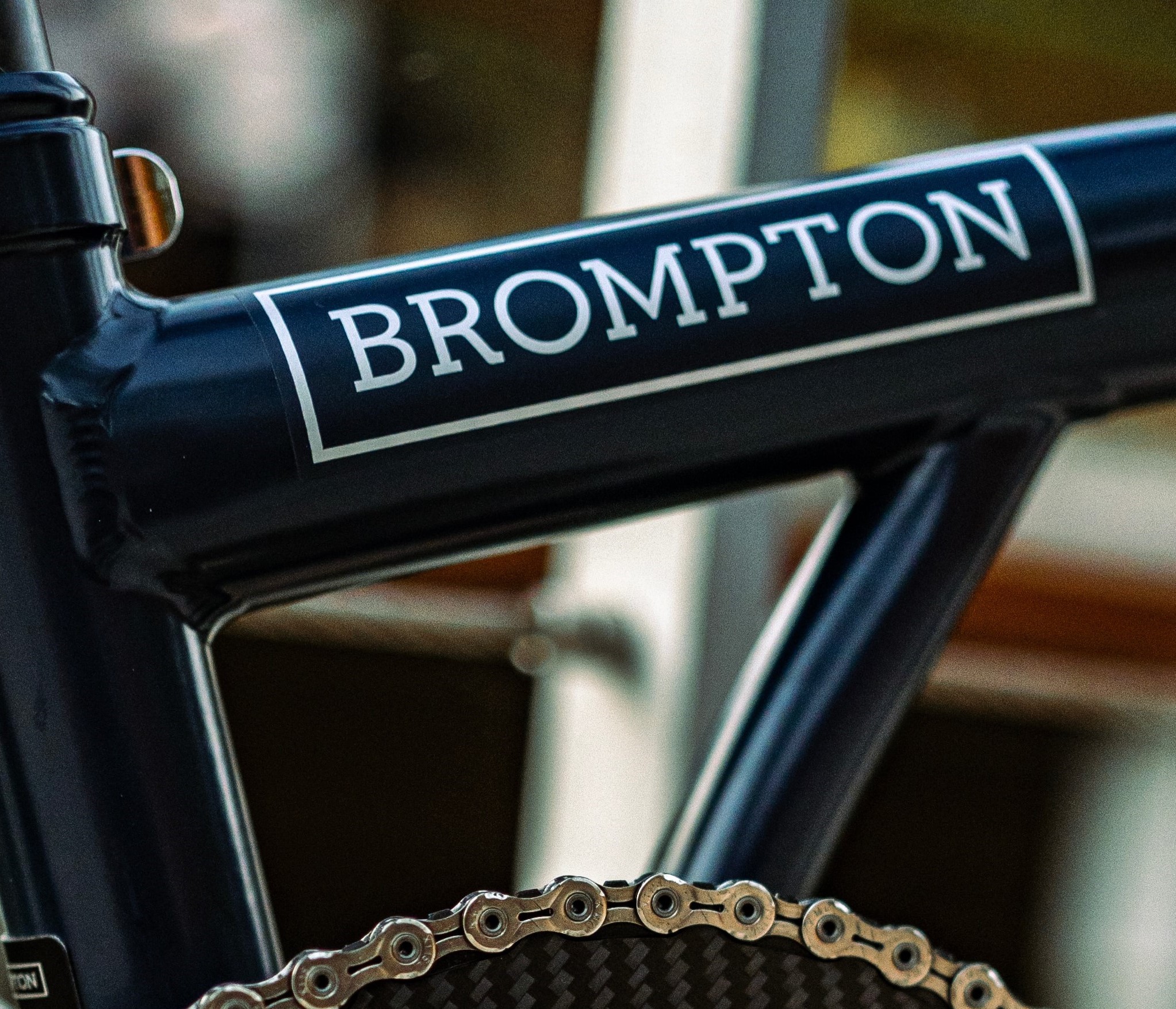Horror films are an interesting concept, with many of us spending our hard-earned money on being scared to death.
There’s no denying that a good marketing campaign can make all the difference when it comes to getting to bums on seats. To celebrate this spooky season, with comments from Leeds Film City, we’ve had a look at some of the best ever horror film marketing campaigns.
Supply and demand
A low budget, found footage spectacular; the Paranormal Activity franchise first burst onto our screens in 2007 to wide acclaim. The Paranormal Activity franchise revolves around an extended family who, throughout the film series, are terrorised by the same demon, ‘Toby’.
As with The Blair Witch Project, the marketing for Paranormal Activity relied on building audience expectation to ensure it would be an immediate success.
Long before we asked for unlimited nuggets from Wendy’s, Paranormal Activity was rallying viewers to DEMAND to see the film. All they had to do was head to the website and click a button. The cities with the most votes would have an exclusive midnight viewing and, if the demand hit the one million mark, it would be released nationwide. Now of course, if it didn’t reach that target it would have been released anyway but this clever use of gamification got cities competing against each other to spread the word and build the hype.
Telling a story through social media
Paranormal Activity didn’t stop there though. The franchise experienced so much success that it spawned a further four films and two spin-offs. And happily, the clever marketing techniques continued.
By the time the fifth instalment of the films rolled around, the marketing centred on a YouTuber called Sarah and her dad Jacob. Through a series of videos released on Jacob’s account, increasingly creepy things happen. Characters from previous instalments are referred to and the audience starts seeing tell-tale signs that Jacob and his daughter are in demonic danger.
This campaign wasn’t exclusive to YouTube. Accounts were set up across Instagram, Facebook, Twitter and Tumblr to tell a cohesive story that weaved throughout platforms. As the premiere date for the film’s release edged closer, so did the paranormal activity Jacob was documenting and the user engagement.

Setting the standard
A blog about horror film marketing campaigns would be incomplete without the grandest ghoul of them all – The Blair Witch Project.
The Blair Witch Project is one of the most iconic horror films from the 90s. Set in the town of Burkittsville, Maryland, three young student filmmakers set out to investigate the legend of the Blair Witch. But the legend proves to be a little bit too real and all that are found of the budding directors is the footage they shot in the woods. The same footage that the audience is watching.
The Blair Witch Project broke ground for so many reasons. It was the first film to effectively use a “ style and it set box office records that were only eclipsed by Get Out earlier this year. It’s also regarded as the very first film marketed online.
It’s no coincidence that it had a record-breaking opening weekend. The Blair Witch Project took its most unique feature and positioned it front and centre in its marketing.
The official website featured newsreel-esque interviews with police and locals about the three missing characters and the investigation into their disappearance. This left audiences wondering if the film was a work of fiction or a genuine documentary. As if this wasn't enough, the website also had images of the cast as children to add a degree of realism and flesh out their lives. IMDB even listed the actors as ‘missing presumed dead’ for a year after the film release.
The realism was kept up offline as well. Leaflets were handed out at screenings appealing for information and audiences were led to believe the actors disappeared while researching the legend of the Blair Witch.
The film’s distributor, Artisan Entertainment, was so pleased that during opening weekend, it took out a full page ad in a trade magazine that simply read: ‘blairwitch.com: 21,222,589 hits to date.’
Leeds Film City’s Nick Jones added: “The Blair Witch Project is a horror classic, exceptional for having delivered on the excitement built up by its marketing campaign in a really direct way. Just as the world of pop culture was in the first stages of being changed forever by the internet, The Blair Witch Project managed to capture something unique to the pre-digital very hauntingly.”
Teasing content
The Exorcist has spawned countless sequels, prequels and re-imaginings. So being creative with a story that’s been told a thousand times over is a challenge. However, 2010’s The Last Exorcism focuses on a disillusioned evangelical minister who decides to participate in a documentary about his last exorcism. It also managed to generate buzz through its inventive use of an unlikely platform.
The Last Exorcism leveraged video chat website ChatRoulette’s ‘adult’ reputation to lure in some unsuspecting victims. Once matched, users were shown a young woman who hinted that the video would follow a common theme of ChatRoulette. But a couple of seconds in she bows her head and looks up again to reveal the whites of her eyes and a slowly changing complexion. She then lunges at the camera as the viewers watch on confused and terrified. The screen fades to black and displays the URL for the film leaving viewers nervously laughing.
As expected, the shock tactic evoked some funny reactions and a compilation video was uploaded to YouTube. The campaign paid off. The video has been viewed more than nine million times and it opened at #2 at the US box office grossing over $20 million in three days.
Bringing the spookiness to life
Based on Stephen King’s best-selling novel, It centres around a group of teens who encounter Pennywise the Dancing Clown, a malevolent demon that feasts on children once every 27 years.
There are many, many iconic visual elements in It. From Pennywise himself to George and his paper boat, marketers are spoilt for choice to pick a single element that represents the film. However, in Sydney, the weapon of choice was Pennywise’s floating red balloon. In the run up to the premier, red balloons started appearing tied to storm grates accompanied with the message ‘It is closer than you think. #Itmovie in cinemas September 7’. An effective and creepy campaign, It achieved the biggest ever opening weekend for a horror film in Australia.
It also ran a totally immersive campaign that Stephen King fans could sink their sharpened teeth into. Warner Brothers decided to take Pennywise’s catchphrase ‘you’ll float too’ to a logical end with a 360-degree virtual reality experience. Users can explore the sewers of Derry, Maine while being taunted by Pennywise. Optimised for VR headsets, the experience allows fans to live and breathe the It universe.





